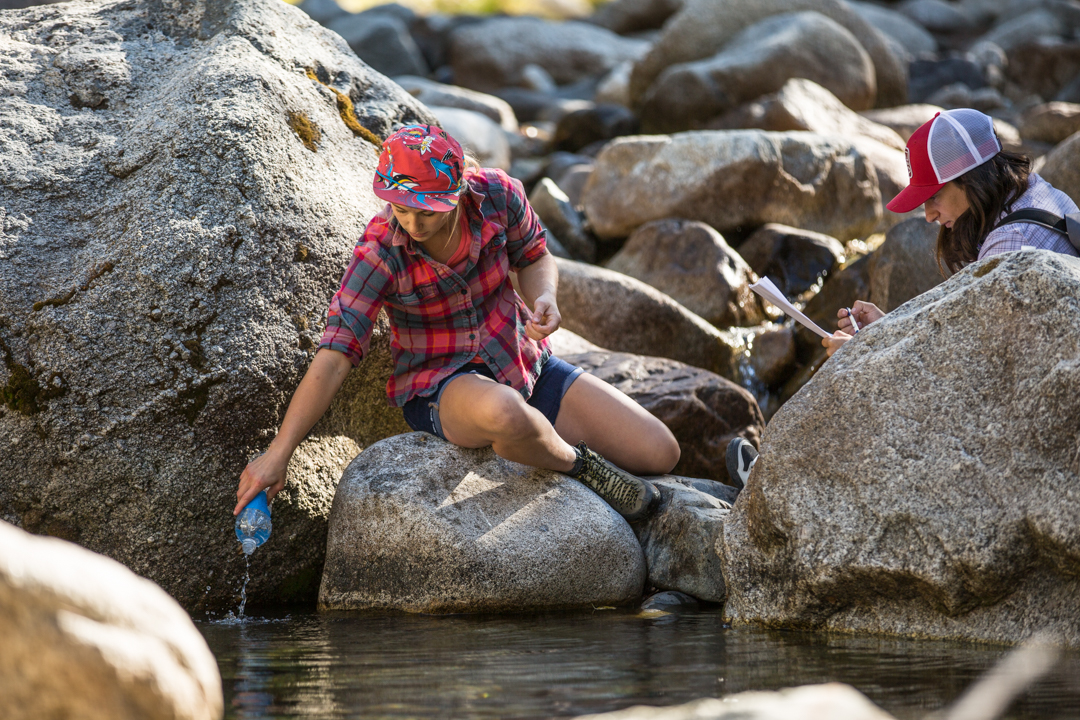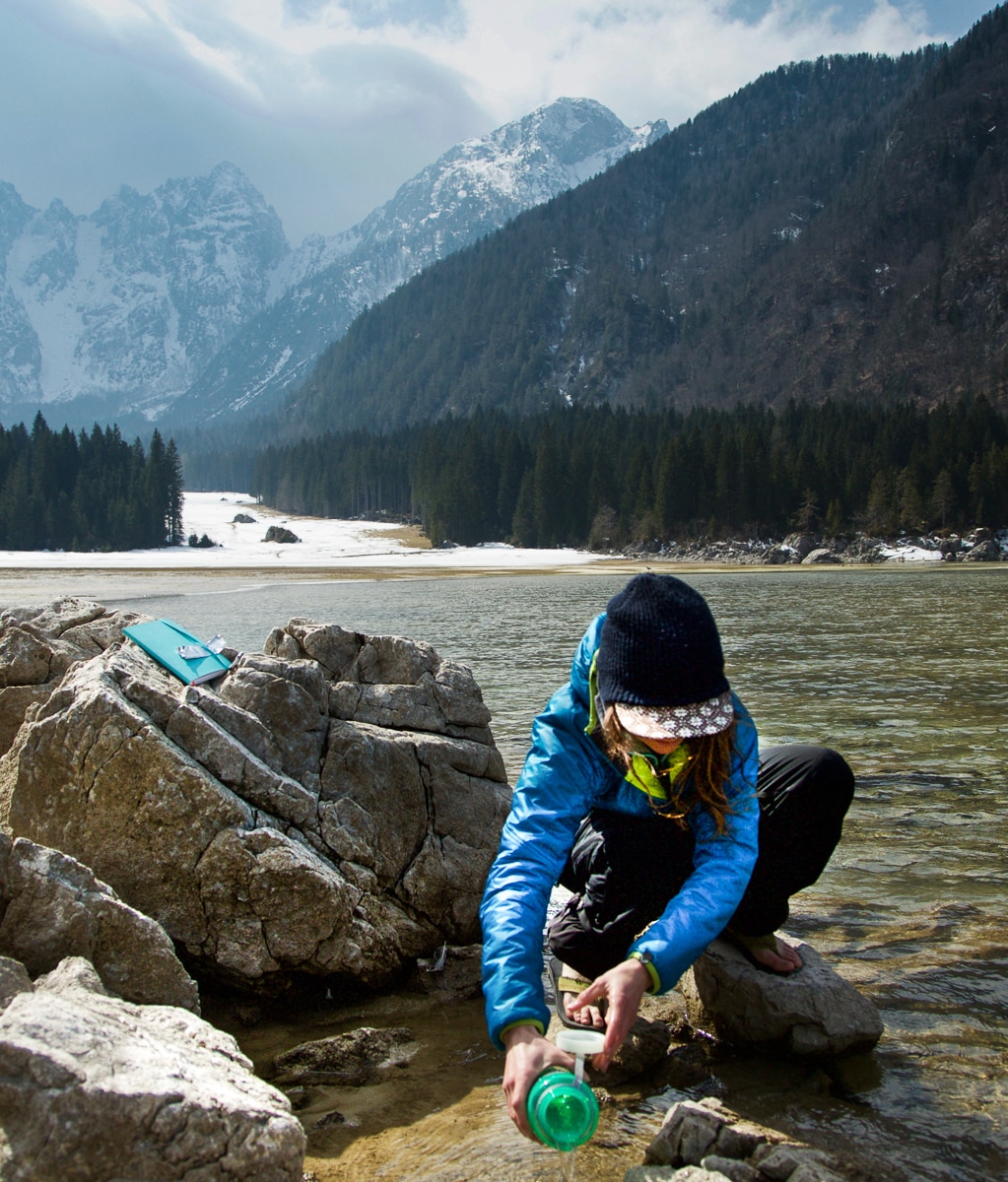Microplastics FAQ


What does it mean to collect samples for the freshwater microplastics project?
As a global microplastics volunteer, you will collect a water sample from a body of freshwater of your choice. At the most basic level, this means filling a bottle of water and mailing it to our scientist, Abigail Barrows, in Maine. However we need to make sure you are following our protocols to a T before you do that. So you’ll need to sign up online and complete a few simple steps before you head out to collect water for us.
Why do I need to sign up and follow the protocols?
Does it cost anything?
Do I need any fancy equipment?
Will you send me a sample bottle?
Will you tell me where to sample?
What’s my expedition name?
What if I’m already out traveling, is it too late to sign up to sample on this trip?
What happens to my samples once I mail them in?
Not only does Barrows have a trained eye, even writing a guide to identifying these plastics, but she also runs digestions of many of the samples in the lab to confirm that it isn’t organic material. This means she applies an acid solution to the sample. If the particle is made of something natural, like wool or seaweed, it will dissolve in the acid. Plastic is stronger and does not dissolve. Some of our samples are even sent off to other labs where technicians use micro spectroscopy to determine exactly what kind of plastic a particle is made of.
How do you know the plastic was in the water and didn’t come from the air or the clothing that the volunteer was wearing?
In the lab, Barrows runs blanks as a control in alignment with accepted scientific practices, limits each sample’s exposure to air, and works to keep the lab free of unnecessary plastics. In the event that a sample contains contamination, we note this and do not include it in the larger data set.
